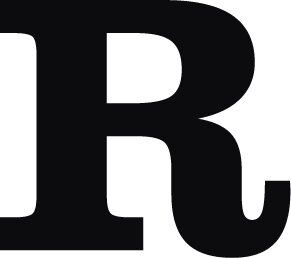In the era of iPhones and iPads, it’s easy to dismiss seat-back entertainment as a thing of the past. Customers seem more likely to bring their own games and movies with them. Plus, the heavily-regulated equipment can’t be upgraded fast enough to keep pace with consumer technology. Screens and servers add weight to the plane and cost precious fuel.
So the answer must be to get rid of them… right?

“In-Flight Entertainment” (2013)
Client: Delta Air Lines
Role: Creative Lead, Strategy, Presentation
Before we recommended ripping out all the seat-back systems in Delta’s fleet, we headed for the business district in Washington, DC to understand how those in some of Delta’s more prized demographics might view in-flight entertainment.
What we heard surprised us — seatback entertainment was still relevant to customers, especially for long-haul flights. At the same time, it was also not the primary source of entertainment for most, as they tended to bring their own devices and pastimes for entertainment.
Indeed, this was backed up by market research that suggested in-flight entertainment was still a critical component of flier satisfaction, particularly for international travelers.
The question then became: What would it mean to treat seat-back entertainment as a secondary experience? How could we laser-focus the experience so much so that we were only providing the best benefit to customers while streamlining the process for Delta?
In addition, the experience sorely needed a UX and visual update, one that wouldn’t reinforce the perception of an outdated system.
To hone our perspective, we defined three core pillars for evaluating content for its value add to the customer experience and its impact for Delta.
Now we had our three pillars to evaluate what should go into this new streamlined experience: Uniqueness, Fit, and Ease.
From there, we looked at existing and potential features and scored them against our new pillars, throwing out anything that didn’t meet the threshold.
This would give the seat-back system a renewed focus.
From there, we crafted a new seat-back system to reflect the restraint and simplicity of its content offerings.
We brought primary content buckets (movies, shows, etc) up to a main-level navigation, not only better featuring that content but also reducing the number of taps required to navigate the system.
Functional areas were clearly divided - primary navigation on the bottom, second navigation on the left and primary content on the right.
Advertisements were thoughtfully considered from the start, ensuring that they integrate naturally and provide both the consumer and the advertiser with a more positive experience.
And we aligned the design language closely to mobile and tablet — the two devices most likely to be open during flight.
Below are the results.
Even though it’s been 8 years since this concept, many of its tenets still remain true to this day — even with the increased ubiquity of personal devices and onboard streaming, I’m always grateful when there’s a good movie to lean back and watch. At least until battery life is a thing of the past or I tape my iPad to the chair in front of me.
Delta was very pleased with the work, though a shifting of priorities within the company would make it another 3 years before we finished the work. Although the design shifted from the above, many of the core elements and commitment to simplicity remained.
You can experience this seat-back experience today on any long-haul Delta flight.
In-Flight Entertainment (Concept)
Creative Director: Jon Reiling
Strategist: Gina Schmidt
Art Director: Jefferson Liu
Designer: Jacob Lockard
UX Designer: Sarah Lockwood
Motion Designer: Andy Haynes
In-Flight Entertainment (Live)
Group Creative Director: Jon Reiling
Creative Director: Thad Goad
Art Director: Jacob Lockard
Designer: Jaedon Lee
UX Director: Kim Nguyen
UX Designer: Erica Baumberger
























